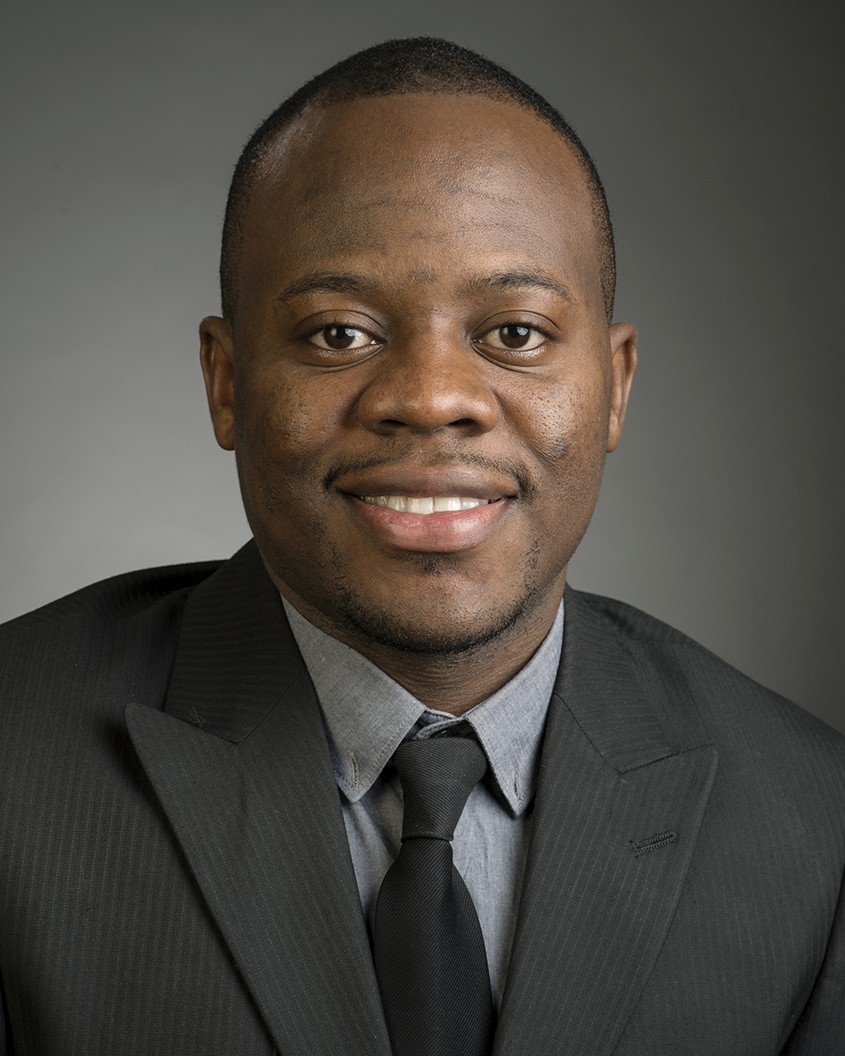Loss Data Analytics: Short Course
Preface
Date: 07 September 2021
Why Loss Data Analytics?
The intent is that this type of short course will eventually permeate throughout the actuarial curriculum. Given the dramatic changes in the way that actuaries treat data, analysis of loss data seems like a natural place to start. The idea behind the name loss data analytics is to integrate classical loss data models from applied probability with modern analytic tools. In particular, we recognize that big data (including social media and usage based insurance) are here to stay and that high speed computation is readily available.
Resources
- This tutorial is based on the first five chapters of the open and freely available book Loss Data Analytics.
- As the name suggests, R for Loss Data Analytics provides sample
Rcode for the book, although not needed for this tutorial.
- As the name suggests, R for Loss Data Analytics provides sample
- As described in how to navigate this tutorial below, you will not need to download any data for this course. However, if you want to have the data to follow up, we generally make it available through buttons such as:
- Then, do a “Save Page as” if you wish to download.
- Alternatively, go directly to the Github page to access the data.
- For advanced data applications in insurance, you may be interested in the series Predictive Modeling Applications in Actuarial Science. Although the books are not free, for many of the chapters you will find the data and sample
Rcode freely available.
A Word from our Sponsor:
Astin + Education = Astin Academy
In this video, you learn about:
- the role of the ASTIN section, the non-life section of the International Actuarial Association
- their recent interest in education
- their development of the recently formed Astin Academy.
“The mission of the ASTIN Academy is to provide high quality free educational materials in non-life insurance to actuarial students across the world. The Academy is committed to open course development under Creative Commons licence and seeks innovation in teaching methodologies and application of technology. Let’s build the future of actuarial education together.”
Video: Overview of the Astin Academy
Contributors
The project goal is to have the actuarial community author our learning resources in a collaborative fashion. The following contributors have taken a leadership role in developing this short course for \(Loss\) \(Data\) \(Analytics\).

- Yvonne Chueh is a professor at Central Washington University. She received PhD from the University of Connecticut, bachelor degree in pure math from National Taiwan University. She has taught actuarial courses at UCONN and UW-Eau Claire. She is an associate (since 1994) and council member/chair (2013-2017/2017) of the Society of Actuaries (SOA) Education & Research Section. Her research works were published by the American Academy of Actuaries, the Actuarial Foundation, SOA North American Actuarial Journal, Electrical Engineering Series of Springer, International Joint Conference on Neural Networks, IEEE Symposium Series on Computational Intelligence (SSCI), and International Journal of Computers, Communications & Control.

- Miyuki Ebisaki is a Manager at Deloitte Touche Tohmatsu LLC in Japan. Her research work is in the area of insurance, health care, social economy and new technologies. She has been working in domestic and foreign insurers in Japan and in the UK. She has various experiences both in non-life and life insurance; including product development, chief actuary, M&A and risk management. In May 2020, she was elected as a member of the ASTIN board.

- Rob Erhardt is an Associate Professor of Statistics at Wake Forest University in Winston-Salem, NC. He holds a Ph.D. in Statistics and Operations Research from the University of North Carolina at Chapel Hill, an M.S. in Statistics from the University of Wisconsin-Madison, and a B.A. in Physics from SUNY Geneseo. He is also a credentialed actuary and Society of Actuaries Hickman Scholar. His research areas include environmental statistics, computational statistics, and actuarial science, with a particular interest in work at the intersection of insurance and climate risk. Originally from rural New York State, he is an avid runner and backpacker, and a poor jazz pianist.

- Edward W. (Jed) Frees is an emeritus professor, formerly the Hickman-Larson Chair of Actuarial Science at the University of Wisconsin-Madison and currently affiliated with Australian National University. He is a Fellow of both the Society of Actuaries and the American Statistical Association. He has published extensively (a four-time winner of the Halmstad Prize for best paper published in the actuarial literature) and has written three books. He also is a co-editor of the two-volume series Predictive Modeling Applications in Actuarial Science published by Cambridge University Press.

Brian Hartman is an associate professor of statistics and actuarial program coordinator at Brigham Young University. His current research interests include Bayesian methods and their applications in actuarial science and risk. He has worked in various capacities with companies in property-casualty, health, and long-term care insurance. He holds a Bachelor’s degree in Actuarial Science from Brigham Young University and a PhD in Statistics from Texas A&M University. He is also an associate of the Society of Actuaries. Before BYU, he was a post-doctoral fellow at the University of Waterloo (2010-11) and an assistant professor at the University of Connecticut (2011-15).
Tim Higgins is an associate professor of actuarial studies and deputy director of the school of finance, actuarial studies and statistics at the Australian National University (ANU). Prior to academia he had positions in the Australian Commonwealth Treasury and the Australian Prudential Regulation Authority. He is a Fellow of the Institute of Actuaries of Australia. His main research interest is in income contingent loan theory, modelling and applications, and his other research interests include microsimulation modelling, financial literacy and behaviour, and superannuation and retirement policy. He has taught actuarial and statistics students at ANU since 2002, and received the ANU Vice Chancellor’s Award for Teaching Excellence in 2005.

- Fei Huang is a Senior Lecturer in the School of Risk and Actuarial Studies, University of New South Wales (UNSW) Sydney. Before joining UNSW, she worked at the Australian National University (ANU) as Senior Lecturer (2019-2020) and Lecturer (2015-2018). Fei’s main research interest lies in predictive modelling and data analytics for insurance applications. She is an active researcher and publishes papers frequently in top-tier actuarial journals. Fei is also a dedicated educator. Her educational excellence has been recognized by winning the ANU Vice Chancellor’s Award for Teaching Excellence in the Early Career Category (2018) and ANU College of Business and Economics Award for Teaching Excellence in the Early Career Category (2017).

- Himchan Jeong is currently an Assistant Professor at Simon Fraser University. He is a Fellow of the Society of Actuaries (SOA) and holds a Ph.D. from the University of Connecticut. He has been actively involved in teaching and conducting research in actuarial science for several years. In recognition for his academic achievements and excellence, he has been awarded the James C. Hickman Scholarship from SOA recently in 2018-2020. His current research interest is predictive modeling for ratemaking and reserving of property and casualty insurance.

- Paul H. Johnson, Jr. is a lecturer in the Risk and Insurance Department of the Wisconsin School of Business at the University of Wisconsin-Madison. He has an MS in Actuarial Science and a PhD in Business (Actuarial Science), both from UW-Madison. Paul teaches undergraduate courses in life contingencies, loss models, regression, and analytics. Prior to teaching at UW-Madison, Paul received various honors and awards for teaching excellence in the Department of Mathematics at the University of Illinois at Urbana-Champaign; most notably, the N. Tenney Peck Teaching Award in Mathematics. He also has published articles in the North American Actuarial Journal and the Risk Management and Insurance Review.

- Nii-Armah Okine is an assistant professor at the Mathematical Sciences Department at Appalachian State University. He holds a Ph.D. in Business (Actuarial Science) from the University of Wisconsin - Madison and obtained his master’s degree in Actuarial science from Illinois State University. His research interest includes micro-level reserving, joint longitudinal-survival modeling, dependence modeling, micro-insurance, and machine learning.

- Rajesh (Raj) Sahasrabuddhe is a Partner and Philadelphia Office Leader with Oliver Wyman Actuarial Consulting. Raj is a Fellow of the Casualty Actuarial Society (CAS), an Associate of the Canadian Institute of Actuaries, and a Member of the American Academy of Actuaries. Raj has been an active volunteer with CAS Admissions committees throughout his career, including a term as Chairperson of the Syllabus Committee from 2010 to 2013. He currently serves on the MAS-II Examination Committee. He has authored or co-authored papers that have appeared on syllabi for both the CAS and Society of Actuaries.

- Peng Shi is an associate professor in the Risk and Insurance Department at the Wisconsin School of Business. He is also the Charles & Laura Albright Professor in Business and Finance. Professor Shi is an Associate of the Casualty Actuarial Society (ACAS) and a Fellow of the Society of Actuaries (FSA). He received a Ph.D. in actuarial science from the University of Wisconsin-Madison. His research interests are problems at the intersection of insurance and statistics. He has won several research awards, including the Charles A. Hachemeister Prize, the Ronald Bornhuetter Loss Reserve Prize, and the American Risk and Insurance Association Prize.

- Nariankadu D. Shyamalkumar (Shyamal) is an associate professor in the Department of Statistics and Actuarial Science at The University of Iowa. He is an Associate of the Society of Actuaries, and has volunteered in various elected and non-elected roles within the SoA. Having a broad theoretical interest as well as interest in computing, he has published in prominent actuarial, computer science, probability theory, and statistical journals. Moreover, he has worked in the financial industry, and since then served as an independent consultant to the insurance industry. He has experience educating actuaries in both Mexico and the US, serving in the roles of directing an undergraduate program, and as a graduate adviser for both masters and doctoral students.

- Zhiyu (Frank) Quan is an Assistant Professor at the Department of Mathematics of the University of Illinois at Urbana-Champaign. He holds a Ph.D. in Actuarial Science from the University of Connecticut. Before joining Illinois, he worked for a cutting-edge Insurtech company as a R & D data scientist developing data-driven solutions for major insurance companies. He has a broad spectrum of research interests in data science applications in insurance such as tree-based models, natural language processing, deep learning, and applies his actuarial expertise to build predictive models for claim research, rate making, etc. His research projects are driven by real-life data and are inspired from collaborations with Insurtech and insurance companies. Besides, he is a faculty advisor for the Illinois Risk Lab, which facilitates research activities that integrate academic training with practical problem-solving in real business settings. He recently has received the Arnold O. Beckman Research Award.

- Michelle Xia is an Associate Professor in in the Department of Statistics and Actuarial Science at Northern Illinois University. Michelle earned her Ph.D. in statistics from the University of British Columbia. Besides research, teaching and consulting at NIU, Michelle has over seven years of professional experience as an actuary, a predictive modeler and a statistician in the insurance and medical areas. Michelle’s research is motivated by real-life problems, with current interests including predictive analytics, misrepresentation modeling, dependence modeling, insurance ratemaking and loss reserving.
Reviewers
Our goal is to have the actuarial community author our textbooks and short courses in a collaborative fashion. Part of the process involves reviewers who generously donated their time to help make this course better. They are:
- Motoharu Dei
- Yumo Dong, Australian National University
- Motoya Kosaki
- Aisha Nuval Othman, Malaysian Reinsurance
- Alyaa Nuval Othman, Malaysian Reinsurance
- Sahadeb Upretee, Central Washington University

This work is licensed under a Creative Commons Attribution 4.0 International License.
